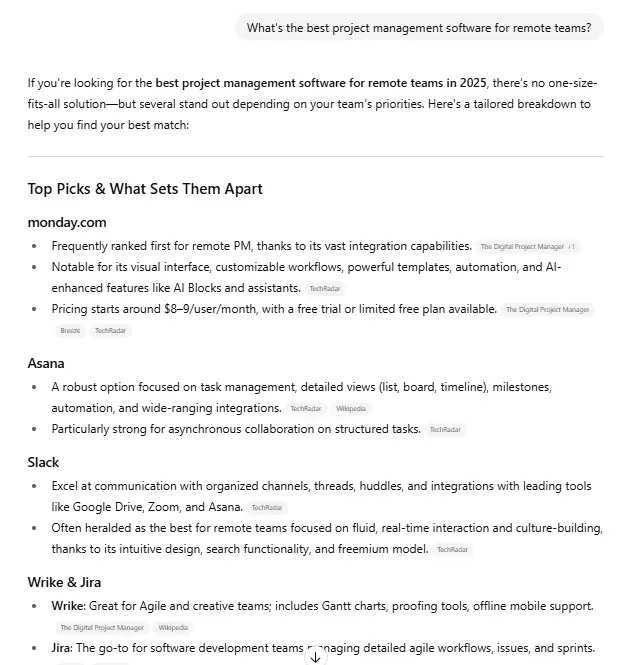Agencies owned or run by white execs jump to 90%, 4A's diversity report finds
Survey shows diversity actually worsened in some areas, such as creative, last year.

Despite all the talk about improving the industry's diversity problem, a new report from the 4A's finds not much progress has been made, especially at the leadership level.
The number of agencies owned or run by white CEOs jumped to 90.2% in 2022 from 73% in 2021, and representation for owners and CEOs across other ethnicities dropped, according to the Diversity in Agencies Survey for 2022.
According to the report, 1.5% of CEOs or agency owners were Asian in 2022, a significant falloff from 12% in 2021; 0.75% were Black or African American, down from 5% in 2021; and 5.26% were Hispanic, Latino, Latina or LatinX, nearly half the 10% reported in 2021.
Of agency owners reporting in the survey, 1.5% were of two or more ethnicities, up compared to none in 2021.
If the percentages are going to be improved, 4A’s CEO and President Marla Kaplowitz said the industry will have to do more to help underrepresented ad professionals “start those new agencies,” and get the capital to do so.
The survey found that some progress has been made in certain areas, including in Hispanic representation, and there remains strong female representation across the industry. But advertising remains predominantly white and some underrepresented groups declined in numbers across certain disciplines.
The 4A’s received staff diversity data from 116 agencies for the survey; 34% were holding company-owned and nearly 66% were independent.
Kaplowitz said the survey is “fairly representative,” but added, “I was disappointed we didn’t have more agencies participate." She noted that some holding companies said they would report their own data on their own time, while others simply said they were too busy to collect the data. “Even at the end, I was putting out notes to agency leaders asking them to participate.”
The number of female ad professionals rose slightly to 61.01% in 2022 from 60.36% in 2021, with the number of male employees at 38.7% in 2022 and 38.8% in 2021.
“Women have been inching up in terms of being much more dominant,” Kaplowitz said. She noted that the number of women decreases at the leadership level, but said the survey did not break down seniority by gender.
The total employee population of the agencies surveyed broken down by race and ethnicity in 2022, per the 4A's, was as follows: 0.3% were Native American and Pacific Islander; 11.33% were Asian; 6.99% were Black or African American; 64.63% were white; 12.41% were Hispanic or LatinX; 0.18% were Middle Eastern; 2.88% were of two or more ethnicities; and 1.27% were from “other, not specified."
Kaplowitz said these numbers should serve as a reminder to agency leaders that they need to drive change rather than treat diversity as a conversation to be had at industry conferences and awards shows. “I worry we’re having the same conversation and not moving it forward,” she said.
“The goal of this is to make sure our industry is representative of the communities we serve,” said Tahlisha Williams, executive VP of the 4A’s talent, equity and learning solutions, adding that the industry’s greatest growth opportunity is to unify around advancing DE&I and making it a business imperative.
Race and ethnicity by level and discipline
The survey also broke down various levels of seniority and disciplines within agencies by race and ethnicity.
The numbers on entry-level employees by race and ethnicity in 2022 were as follows: 0.5% were Native American and Pacific Islander, compared to none in 2021; 15.82% were Asian, an increase from 14.17% in 2021; 11.38% were Black or African American, up from 10.49% in 2021; 48.46% were white, down from 55.77% in 2021; 18.96% were Hispanic or LatinX, up from 15.01% in 2021; 0.23% were Middle Eastern, compared to none in 2021; 3.81% were of two or more races, compared to none in 2021; and 0.83% were reported in the “other, not specified” group, compared to 4.56% in 2021.
The numbers on VP, senior VP, managing director or equivalent by race and ethnicity for 2022: 0.07% were Native American and Pacific Islander, compared to none in 2021; 8.71% were Asian, slightly up from 8.4% in 2021; 3.32% were Black or African American, a decline from 3.65% in 2021; 77.56% were white, compared to 79.49% in 2021; 6.9% were Hispanic or LatinX, up from 5.48% in 2021; 0.04% were Middle Eastern, compared to none in 2021; 1.84% were of two or more ethnicities, compared to none in 2021; and 1.55% were “other, not specified,” compared to 2.99% in 2021.
The majority (80.7%) of C-suite and executives in 2022 were white. The survey did not have stats from 2021 to compare, because this category in last year's survey included stats on owners and CEOs that are now broken out separately. Only 0.64% of executives in 2022 were Alaskan Native, Hawaiian, Native American and Pacific Islander; 7.64% were Asian; 2.97% were Black or African American; 5.41% were Hispanic, Latino, Latina or LatinX; 0.21% were Middle Eastern; 1.38% were of two or more ethnicities; and 1.06% were “other, not specified.”
Black or African American professionals held the most diversity and inclusion officer titles (52.94%) in 2022, per the survey, while 5.88% with the title were Asian; 29.41% were Hispanic, Latino, Latina, or LatinX; 11.76% were of two or more ethnicities; and none were white.
Kaplowitz said it shouldn’t be “incumbent on people of color to have to drive that change.”
The survey showed that representation across certain groups, most dramatically among Asian employees, declined in certain disciplines.
The numbers for creative roles by race and ethnicity for 2022 were as follows: 0.27% were Native American and Pacific Islander, compared to none in 2021; 8.79% were Asian, compared to 8.55% in 2021; 4.68% were Black or African American, compared to 4.4% in 2021; 68.04% were white, down from 73.2% in 2021; 13.75% were Hispanic or LatinX, up from 9.54% in 2021; 0.27% were Middle Eastern, compared to none in 2021; 2.9% were of two or more ethnicities, compared to none in 2021; and 1.29% were “other, not specified,” compared to 4.31% in 2021.
The numbers for social media roles by race and ethnicity for 2022 were as follows: 0.29% were Native American and Pacific Islander, compared to none in 2021; 12.1% were Asian, down from 16.16% in 2021; 7.12% were Black or African American, down from 7.96% in 2021; 62.83% were white, up from 59.59% in 2021; 11.9% were Hispanic or LatinX, up from 10.25% in 2021; 0.2% were Middle Eastern, compared to none in 2021; 4.59% were of two or more ethnicities, compared to none in 2021; and 0.98% were “other, not specified,” down from 6.03% in 2021.
LGBTQ+ data increases
The number of agencies that reported data on LGBTQ+ representation increased to 33% in 2022. The data is difficult to report because many LGBTQ+ professionals choose not to self-identify.
Kaplowitz said the uptick in that data is a promising sign that agencies are creating cultures where LGBTQ+ employees feel comfortable and safe self-identifying.
The numbers may not be truly representative, as only 33% of agencies disclosed the data on LGBTQ+ staffers, but the report found that the number of bisexual professionals rose to 4.65% in 2022 from .10% in 2021; gay professionals rose to 11.52% in 2022 from 0.50% in 2021; 0.09% identified as transgender in 2022 versus 0.04% in 2021; and 5.54% identified as lesbian in 2022 versus 0.21% in 2021.
The full report is free to access for the 116 agencies that participated, but all other agencies will have to pay to get a copy.

 Tekef
Tekef 






























